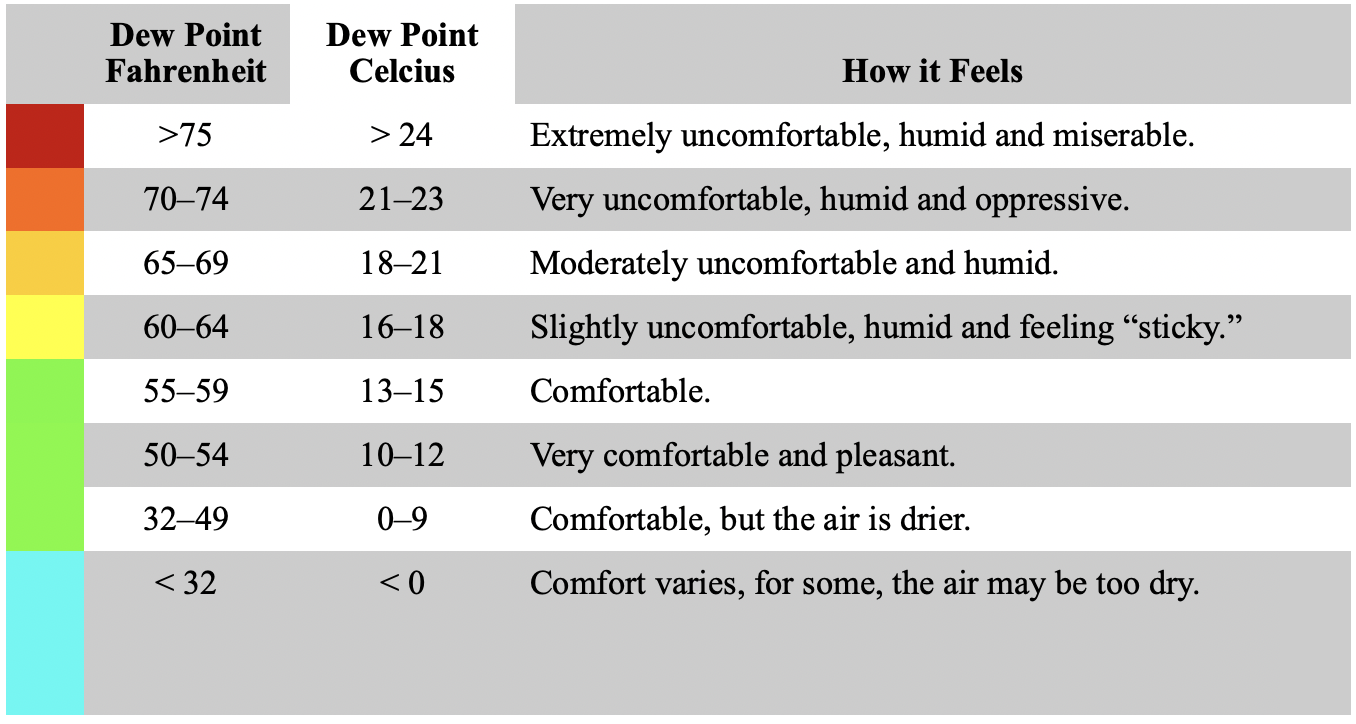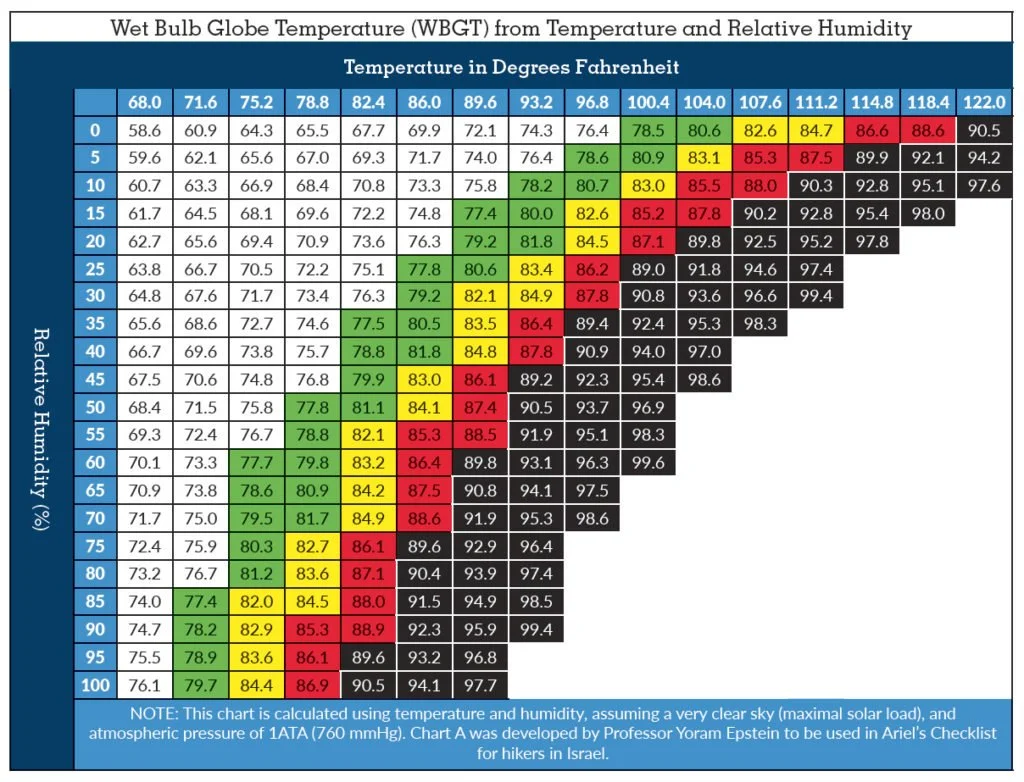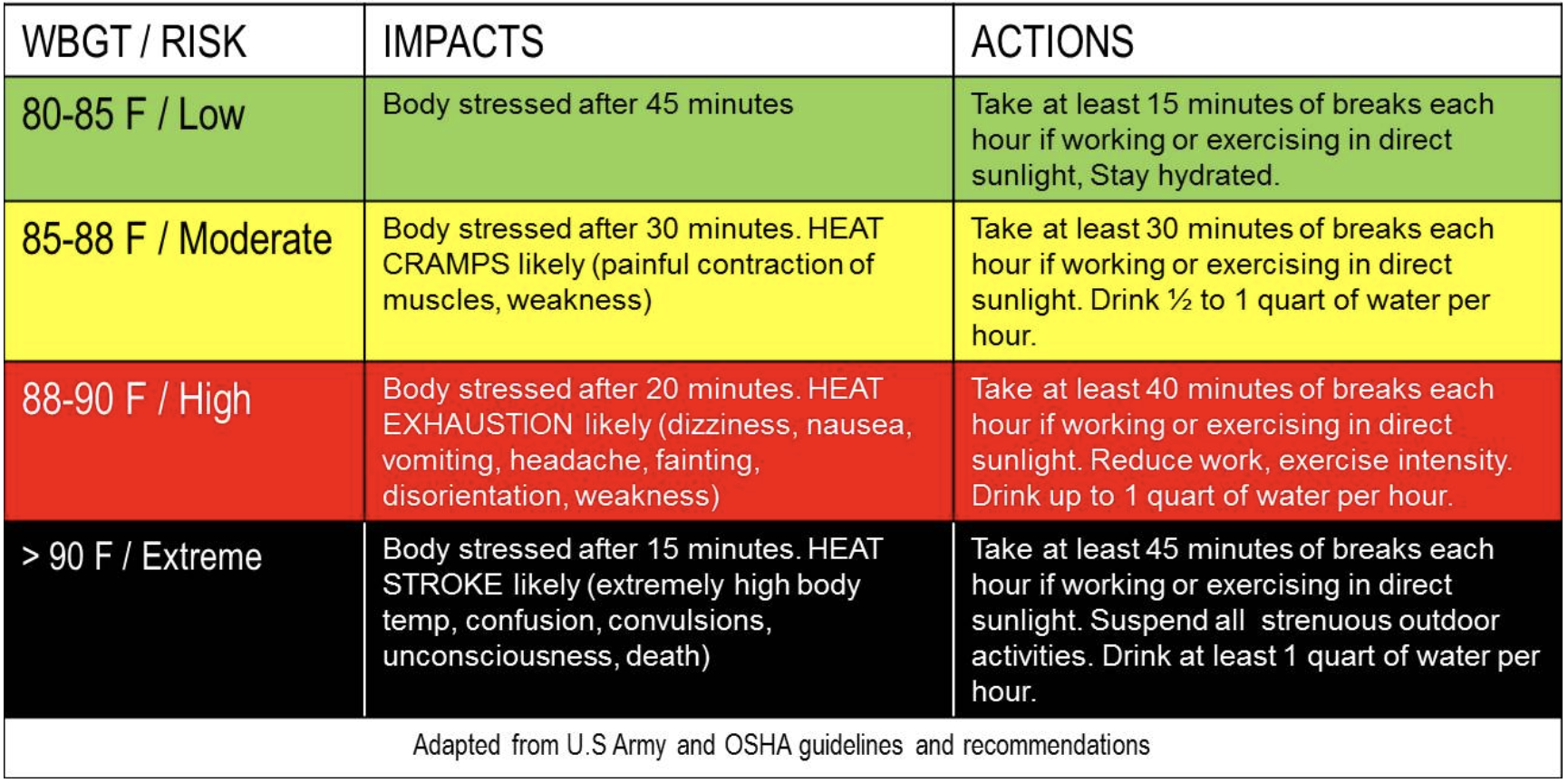Dealing With The Summertime Heat & Getting Ready For Fall Sports
By: Marion “Moose” Herring, MD and Steve Reece, MD
July was blistering, and August promises to be even hotter. We are seeing soaring temperatures and crazy humidity as we advance through the summer. Last week, I was reading Science Advisor, a daily newsletter that I am now addicted to because my daughter Molly is a writing intern. If you love science, you should sign up to get the email.
Last week I read through a review of a paper that stated “population-scale epidemiological studies often do not detect an association between high level of heat and heat related mortality and morbidity.” Baldwin et al. Environmental Health Perspectives: vol 131, issue 5: 5/31/2023
I would argue this 100%. This past month I have run in 100 degrees in Richmond, VA, Denver, Colorado, and Las Vegas, Nevada. The humidity is the killer. Richmond wins in the misery rating! Dr. Robert Green and I did a podcast - HUBLIFE #16 Racing and Training in the Heat: Staying safe and succeeding) about training and racing in the heat. Hopefully you are exercising safely in these conditions.
You may be trying to exercise outside. We are headed into fall sports, youth will be practicing multiple times a day in the heat. Dr. Steven Reece MD, the Primary care Sports Physician with whom I work with every day has provided an excellent summary. Every year deaths occur because of heat exposure, heat exhaustion and heat stroke. With some planning and caution, this can be avoided.
Heat injury ranges from simple muscle cramps to catastrophic heat stroke. The symptoms include:
Cramping, pain in muscle, thirst/dehydration, sweating, fatigue
Pale/clammy skin
Dizzy, decreased pulse rate, n/v, confusion/headache, lightheaded
Syncope, disoriented, collapse
Delirium, unusual behaviors
The key to heat illness is prevention.
Acclimate: gradual increasing of activity and exposure to heat over 2 week period of time.
Unlimited access to water/hydration drinks, scheduled water breaks.
Modify time/equipment used in heat; consider moving indoors or alter times to expose athlete at less intense heat window of time. Exercise early before the sun heats up the day.
For endurance sports, monitor heart rate and understand paces will be slower. Put your ego away and train smart.
Hydration is the most important prevention.
Monitor pre and post workout/practice weight; 2-4 % loss of weight will affect performance and recovery.
Must be no more than 1% loss from previous day's pre-practice weight to participate.
General rule is about 8 oz of fluid for every 20 minutes in heated practice/game.
Do not let "thirst" be the only indicator of fluid needs.
Replacement hydration: 24 oz per pound of weight lost (in addition to routine hydration requirements).
Inform athletes re: urine color and hydration (clearer is better!).
Use electrolytes not just water.
Gatorade- has adequate electrolytes but has 34 grams of sugar (Coke has 39 grams).
Skratch (400 mg of sodium) and Nuun (200 mg of sodium) are low sugar options.
LMNT is a fantastic electrolyte that can be used during and after. It has 1000mg of sodium with minimal sugar.
Measuring Heat:
When you’re talking about heat, the baseline measurement is air temperature. We are all familiar with this gauge.
Most of us are broadly familiar with humidity, the amount of water vapor in the air. Humidity can be more dangerous because the more moisture in the air, the less the body can naturally cool itself off through the evaporation of sweat. Thus, humidity is a key component to consider when thinking about training in the heat.
The dew point is the temperature the air would have to be cooled to for the water vapor in the atmosphere to start condensing out, meaning the air would reach 100 percent relative humidity. I think understanding this number is crucial while training for endurance sports.
How to read the dew point numbers.
Heat Index indicates how hot it feels. It combines humidity and temperature. The national weather service uses this a the “feels like” number.
If the heat index is above 90, you should keep your outside workouts shorter.
Standard is the Wet Bulb Globe Temperature, which takes into account humidity, air temperature,wind, and sun's radiant heat
Use these guidelines to have a safe and successful summer and fall.



